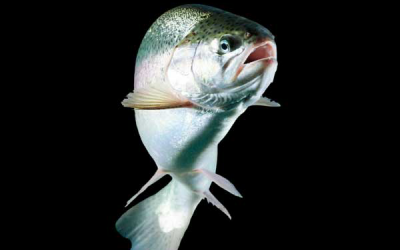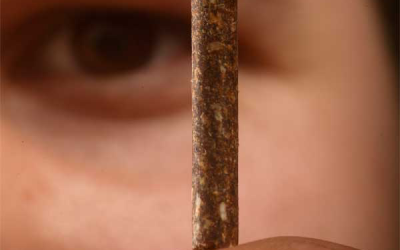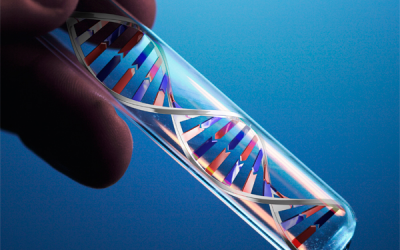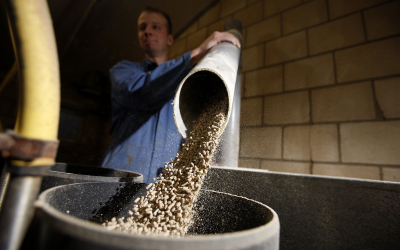Research: Antifungal activity of S. African leaf extracts
The antifungal activity of acetone, methanol, hexane and dichloromethane leaf extracts of six plant species were evaluated for antifungal activity against seven plant pathogenic fungal species.
Plant species used were: Bucida buceras, Breonadia salicina, Harpephyllum caffrum, Olinia ventosa, Vangueria infausta and Xylotheca kraussiana.
Fungal species used were: Aspergillus niger, Aspergillus parasiticus, Colletotricum gloeosporioides, Penicillium janthinellum, Penicillium expansum, Trichoderma harzianum and Fusarium oxysporum.
These plant species were selected from 600 evaluated inter alia, against two animal fungal pathogens. All plant extracts were active against the selected plant pathogenic fungi.
Results
Of the six plant species, B. buceras had the best antifungal activity against four of the fungi, with minimum inhibitory concentration (MIC) values as low as 0.02 mg/ml and 0.08 mg/ml against P. expansum, P. janthinellum, T. harzianum and F. oxysporum.
Some of the plant extracts had moderate to low activity against other fungi, indicating that the activity is not based on a general metabolic toxicity.
P. janthinellum, T. harzianum and F. oxysporum were the most sensitive fungal species, with a mean MIC of 0.28 mg/ml, while the remaining four fungi were more resistant to the extracts tested, with mean MICs above 1 mg/ml.
The number of active compounds in the plant extracts was determined using bioautography with the listed plant pathogens.
No active compounds were observed in some plant extracts with good antifungal activity as a mixture against the fungal plant pathogens, indicating possible synergism between the separated metabolites, B. salicina and O. ventosa were the most promising plant species, with at least three antifungal compounds.
Leaf extracts of different plant species using different methods (acetone, hexane, DCM and methanol) had antifungal compounds with the same Rf values.
The same compounds may be responsible for activity in extracts of different plant species.
Cost effective
Based on the antifungal activity, crude plant extracts may be a cost effective way of protecting crops against fungal pathogens. Because plant extracts contain several antifungal compounds, the development of resistant pathogens may be delayed.
Research highlights
? A crude extract of leaves of some trees had such good antifungal activity that in the case of Olinia ventosa diluting the acetone extract from 1 g of leaves to a volume of 5 L would still kill Fusarium oxysporum under laboratory conditions. This shows the potential value of using a crude plant extract to combat fungal plant pathogens.
? B. buceras had the best antifungal activity against four of the fungi, with minimum inhibitory concentration (MIC) values as low as 0.02 mg/ml and 0.08 mg/ml against P. expansum, P. janthinellum, T. harzianum and F. oxysporum.
? P. janthinellum, T. harzianum and F. oxysporum were the most sensitive fungal species, with a mean MIC of 0.28 mg/ml against all the plant extracts.
? The use of plants extract may be a financially viable option for controlling plant fungal pathogens. Because plant extracts contain several antifungal compounds, the development of resistant pathogens may be delayed.
The full research report can be obtained from ScienceDirect
 Beheer
Beheer









 WP Admin
WP Admin  Bewerk bericht
Bewerk bericht